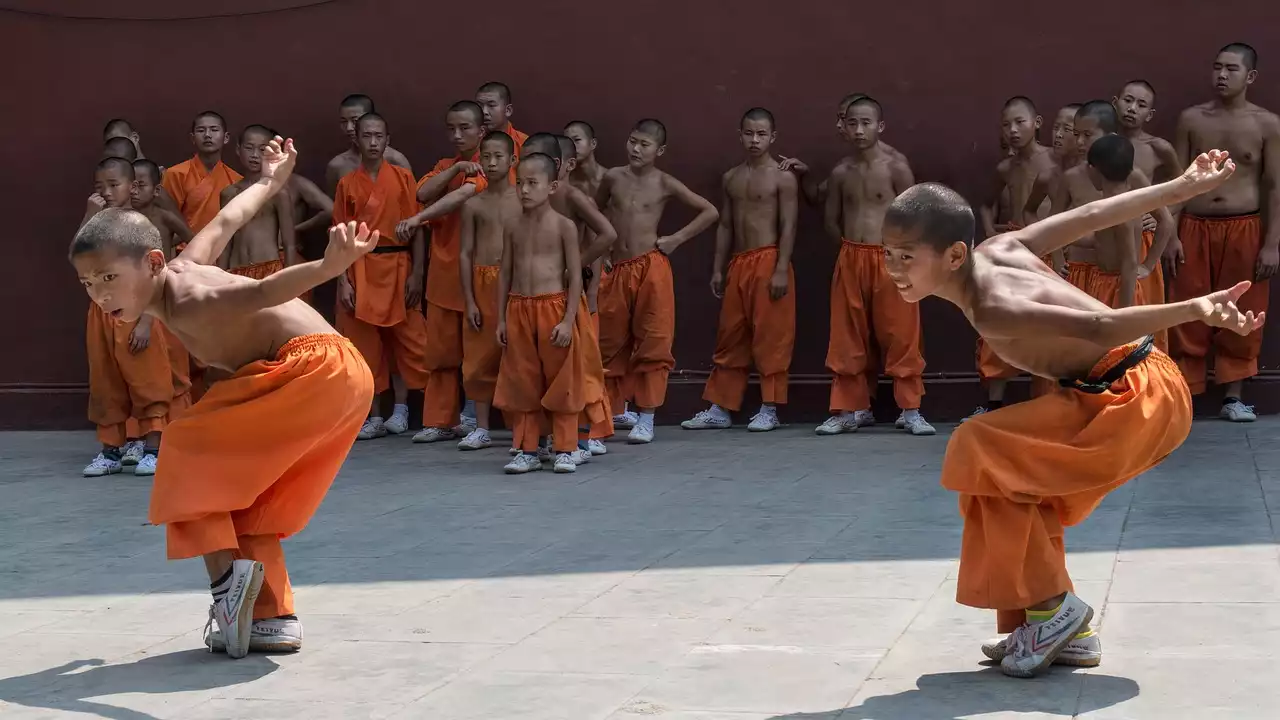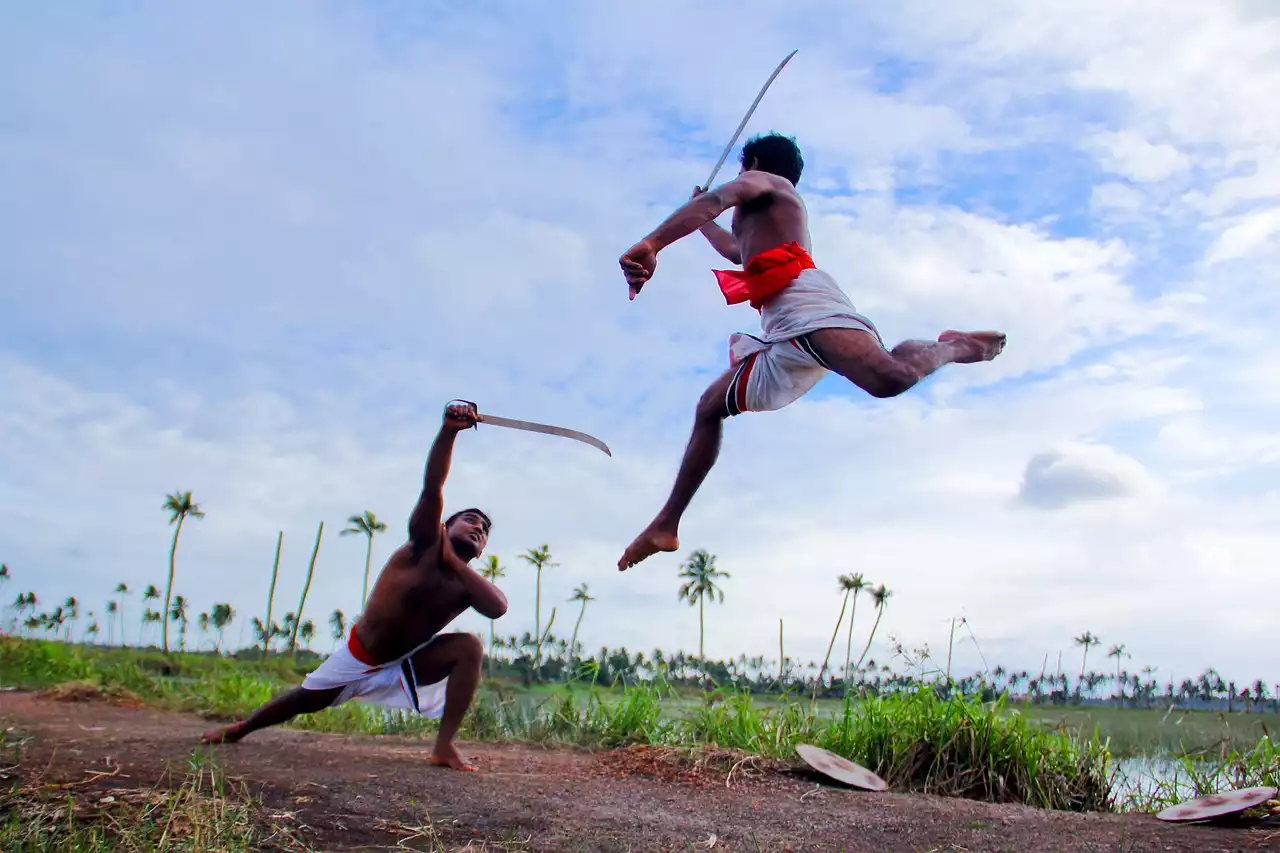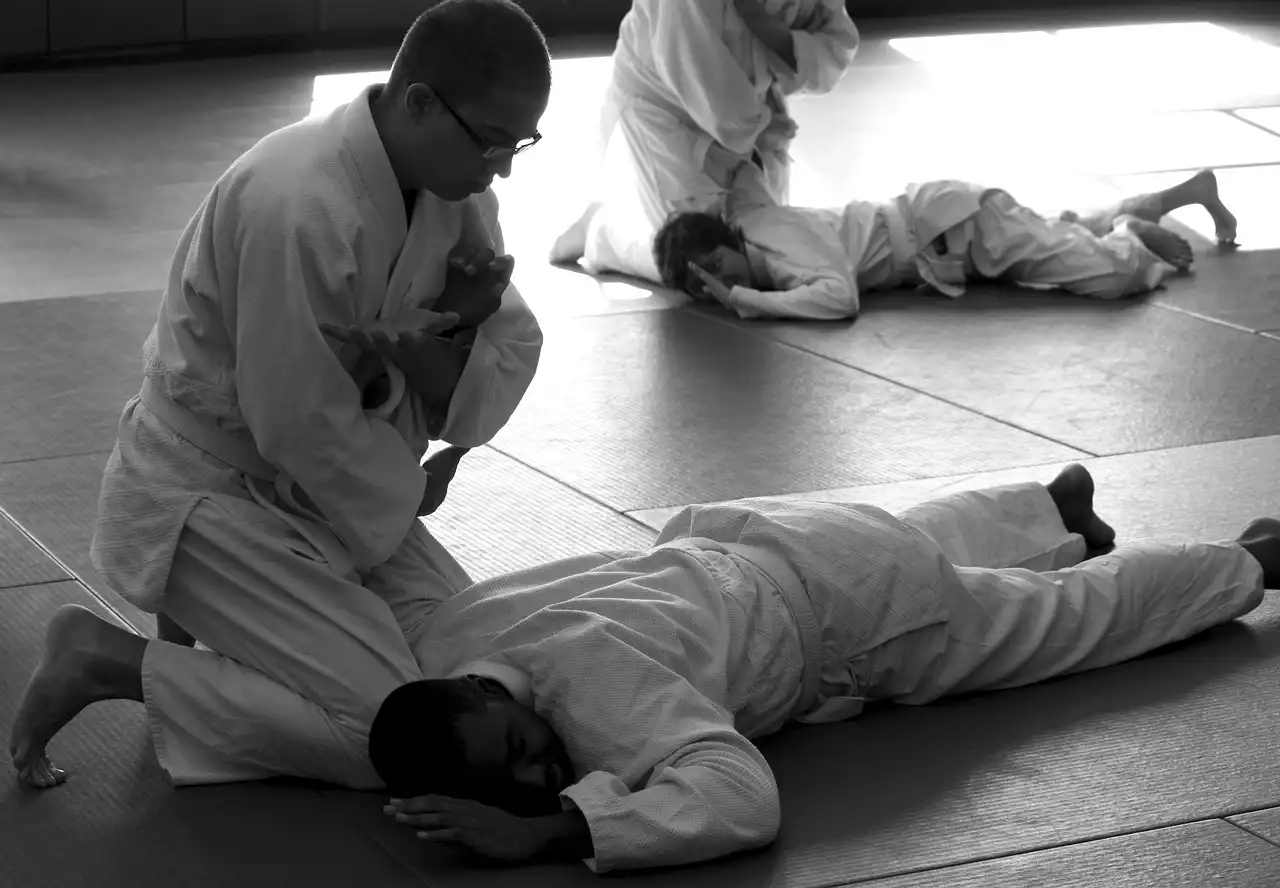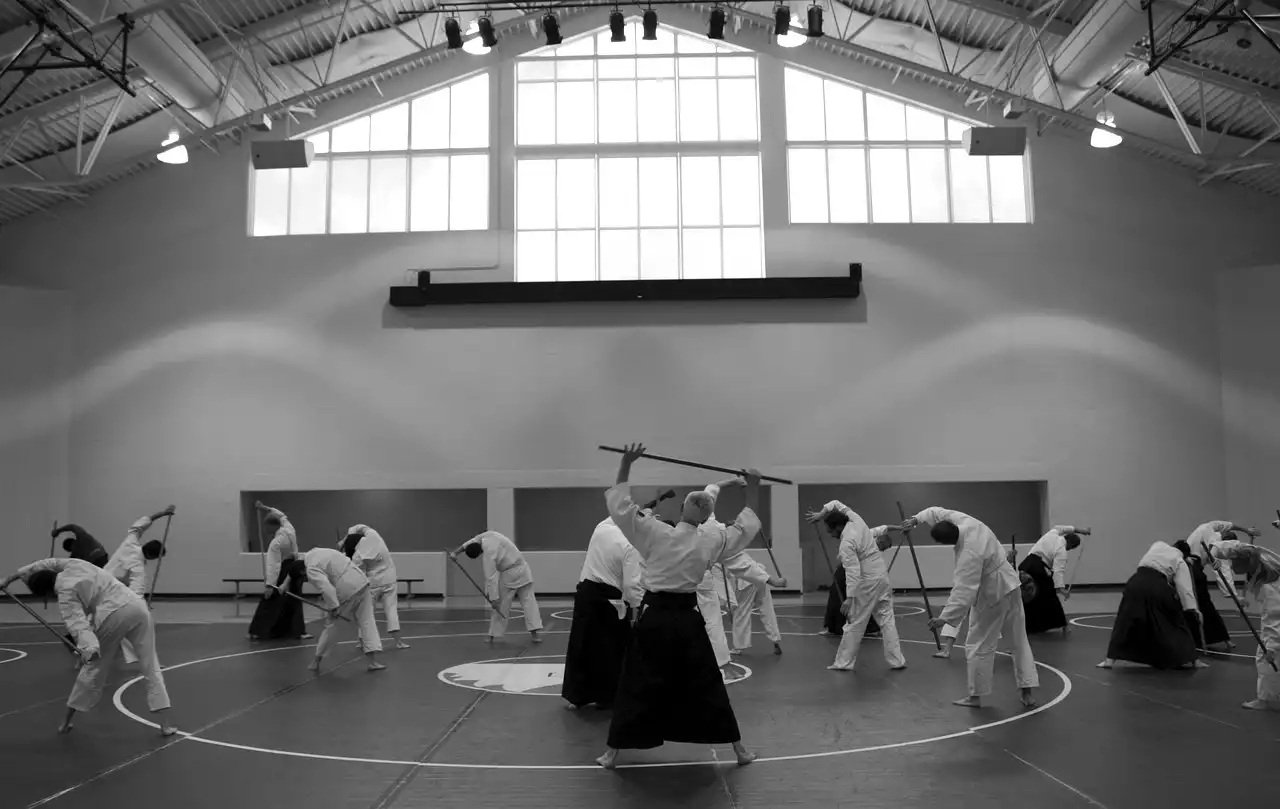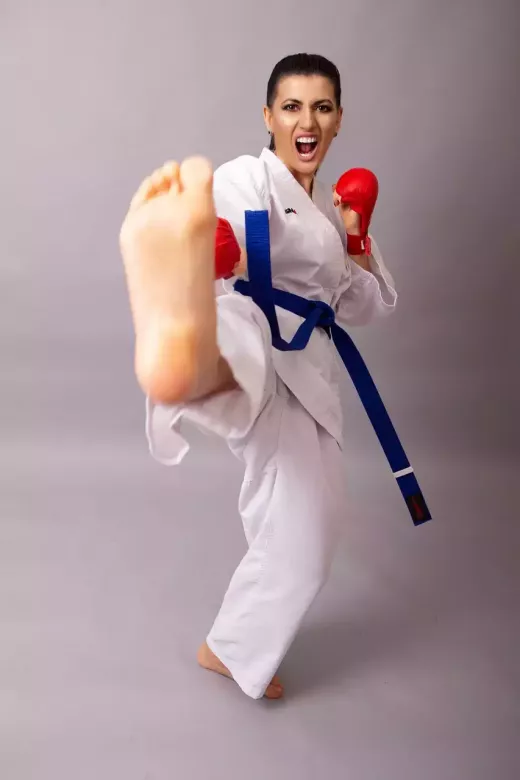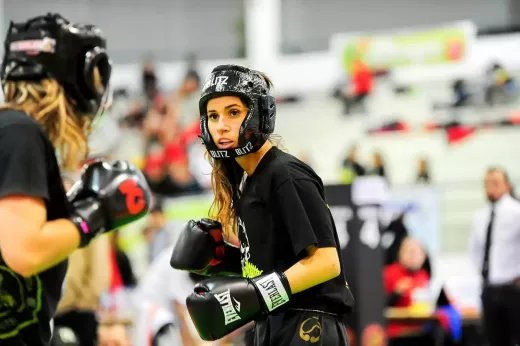Origins and history of Kung Fu
Kung Fu's origins can be traced back to the Shaolin Temple in Henan province, China, during the 6th century AD. It was developed by Buddhist monks as a means of self-defense against bandits and wild animals. Over time, Kung Fu evolved into a comprehensive system of martial arts that included striking, grappling, throwing, joint locking, and weapon techniques. The Shaolin monks also integrated their spiritual and philosophical beliefs into their martial arts practice, creating a holistic approach to physical and mental well-being.
Kung Fu gained popularity throughout China and eventually spread to other parts of the world, including Southeast Asia, Japan, and Korea. In the 20th century, Kung Fu became a symbol of Chinese culture and identity, and many practitioners began to explore its deeper philosophical and spiritual aspects.
Today, Kung Fu is practiced by millions of people around the world, and its influence can be seen in popular culture, including movies, TV shows, and video games.
Different styles of Kung Fu
Kung Fu is not a single martial art but rather a family of styles that share a common ancestry. Each style has its own unique characteristics, techniques, and philosophy. Some of the most popular Kung Fu styles include:
Shaolin Kung Fu - the original style of Kung Fu developed by the Shaolin monks.
Wing Chun - a close-range fighting style known for its quick and efficient techniques.
Tai Chi - a slow, flowing style that emphasizes relaxation, balance, and harmony. Baguazhang - a circular, evasive style that emphasizes footwork and agility.
Wushu - a modern, competitive form of Kung Fu that includes acrobatic and theatrical elements.
Each style has its own strengths and weaknesses, and practitioners often choose a style based on their personal preferences and goals.
Benefits of practicing Kung Fu
Kung Fu offers numerous benefits for both physical and mental well-being. Some of the most notable benefits include:
Improved physical fitness - Kung Fu training involves a range of exercises that improve strength, flexibility, endurance, and balance.
Enhanced self-defense skills - Kung Fu techniques can be used for self-defense in real-life situations. Stress relief - Kung Fu practice can help reduce stress and anxiety by promoting relaxation and mindfulness.
Increased focus and concentration - Kung Fu training requires mental discipline and focus, which can improve cognitive function.
Greater self-awareness - Kung Fu practice can help you become more aware of your body, emotions, and thoughts, leading to greater self-understanding and personal growth.
Overall, Kung Fu is a holistic practice that can enhance both physical and mental well-being.
Kung Fu training - techniques and equipment
Kung Fu training typically involves a combination of solo practice, partner drills, and sparring. Some of the key techniques used in Kung Fu include:
Strikes - including punches, kicks, elbows, and knees.
Grappling - including throws, joint locks, and chokes.
Forms - prearranged sequences of movements that simulate real-life combat situations.
Kung Fu training also requires specific equipment, including:
Uniforms - typically loose-fitting pants and jackets made of cotton or silk.
Shoes - lightweight and flexible shoes with a thin sole for maximum sensitivity and mobility.
Protective gear - for sparring and competition, including headgear, gloves, and shin guards.
Weapons - for practicing weapon techniques, including wooden or metal swords, staffs, and spears.
Kung Fu training can be challenging but rewarding, requiring discipline, dedication, and perseverance.
Famous Kung Fu masters and their contributions
Kung Fu has produced many famous masters throughout its history, each with their own unique contributions to the art. Some of the most notable Kung Fu masters include:
Bodhidharma - the legendary founder of Shaolin Kung Fu, who taught the monks a series of exercises to improve their health and well-being.
Zhang Sanfeng - a Taoist monk who is credited with creating Tai Chi, one of the most popular Kung Fu styles in the world.
Yip Man - a Wing Chun master who trained Bruce Lee and helped popularize Kung Fu in the West.
Jet Li - a Wushu champion and movie star who has helped bring Kung Fu to a global audience.
Each master has left a lasting legacy in the world of Kung Fu, inspiring countless practitioners to follow in their footsteps.
Kung Fu in popular culture - movies and TV shows
Kung Fu has had a significant impact on popular culture, particularly in movies and TV shows. Some of the most famous Kung Fu movies include:
Bruce Lee's "Enter the Dragon" - a classic martial arts movie that helped popularize Kung Fu in the West.
Jackie Chan's "Drunken Master" - a comedic Kung Fu movie that showcases Chan's acrobatic and comedic skills.
Ang Lee's "Crouching Tiger, Hidden Dragon" - a visually stunning movie that blends Kung Fu with fantasy elements.
Quentin Tarantino's "Kill Bill" - a homage to Kung Fu movies that features Uma Thurman as a deadly assassin.
Kung Fu has also been featured in numerous TV shows, including the classic series "Kung Fu" starring David Carradine and the modern-day hit "Into the Badlands" featuring Daniel Wu.
Misconceptions about Kung Fu
Despite its popularity, Kung Fu is often misunderstood by those who are unfamiliar with the art. Some of the most common misconceptions about Kung Fu include:
Kung Fu is only for martial artists - in reality, Kung Fu can be practiced by anyone, regardless of their age or fitness level.
Kung Fu is all about fighting - while Kung Fu does include self-defense techniques, it also emphasizes physical and mental well-being.
Kung Fu is only for men - Kung Fu is practiced by men and women around the world, and there are many female Kung Fu masters.
Kung Fu is only for Chinese people - Kung Fu has a global following, and practitioners come from all cultures and backgrounds.
By dispelling these misconceptions, we can better appreciate the richness and diversity of Kung Fu as an art form.
Kung Fu tournaments and competitions
Kung Fu competitions are a popular way for practitioners to showcase their skills and compete against others. Some of the most popular Kung Fu tournaments include:
The World Kung Fu Championships - a biennial tournament that attracts the best Kung Fu athletes from around the world.
The All China Games - a national-level competition that features a range of sports, including Kung Fu.
The US Open Martial Arts Championship - a major martial arts tournament held in California that includes Kung Fu events.
Kung Fu competitions can be a great way to test your skills, meet other practitioners, and experience the camaraderie of the Kung Fu community.
